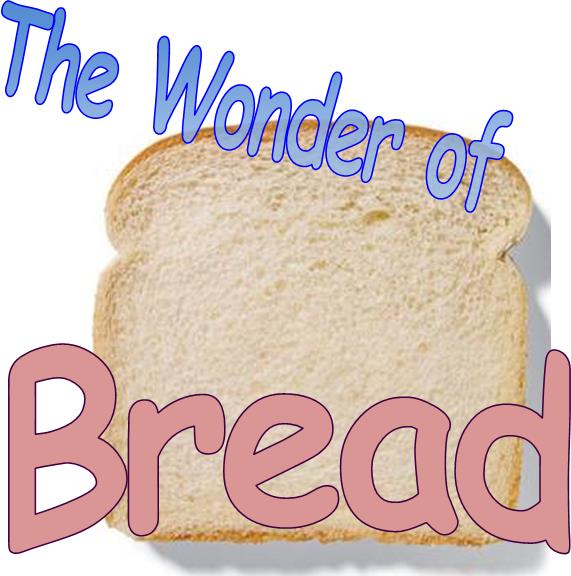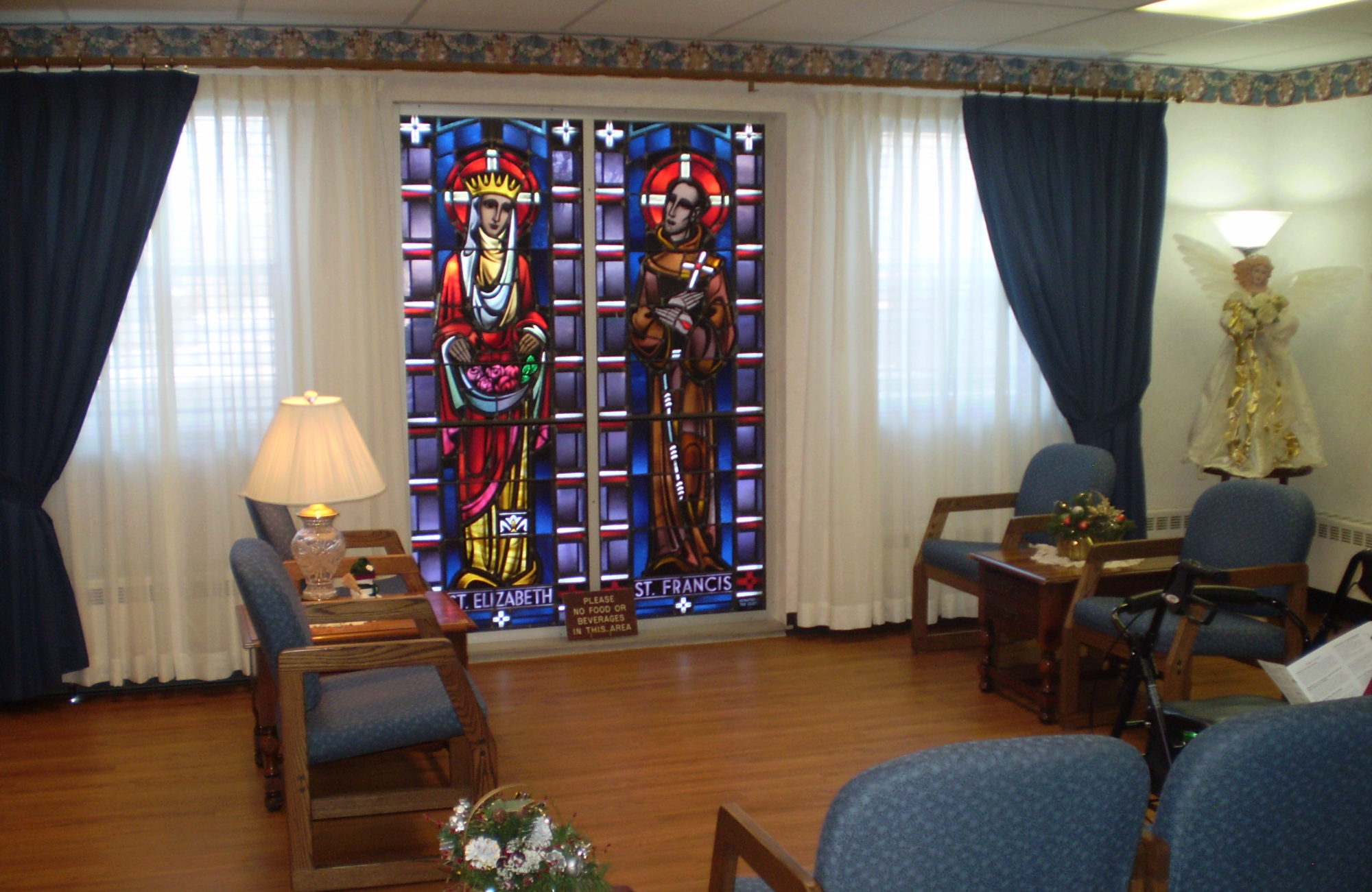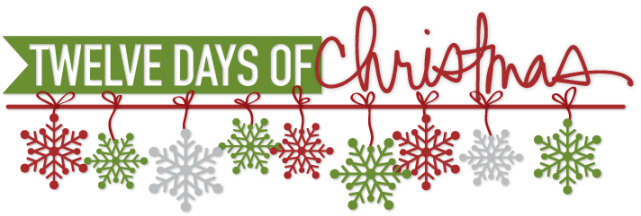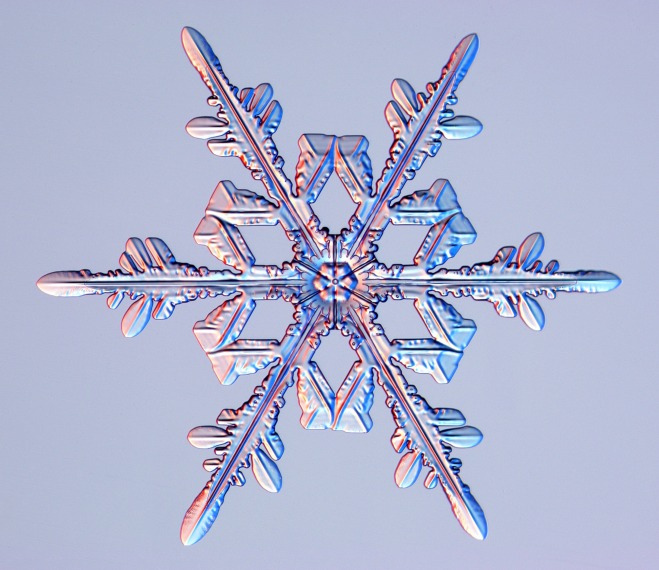
With the surge in ‘gluten-free’ and ‘low carb’ diets in recent years, the once acclaimed slice of bread has gotten a bad reputation.
But even if you avoid wheat for dietary reasons, the humble piece of bread may still play a useful role in your life.
The multiplicity of purposes bread can serve was realized to a greater degree here at St. Anne’s recently, believe it or not, with a container of mints.
We had some pastel colored mints around, the kind that are sometimes mixed with nuts at parties. Unfortunately, they were very hard, far beyond the usual density for these little sweets. Sr. Elaine liked to warn those who might attempt to eat them: “Don’t break your teeth!” Alas, thus was the sad state of affairs with the collection of mints…
We knew, though, that bread does wonders for brown sugar, and even for perking up cookies, so we thought, “why not try it on the mints?”
A piece of bread was placed inside the Tupperware container which held the “rock candy.” Within less than 24 hours, the ‘wonder bread’ had done its trick. The mints were now softened to a more normal pliability, and no longer posed much of a risk of dental damages.
In doing a bit more research on the subject of the usefulness of bread, we found that bread can also be used to take away dirty, or scuff, marks from wallpapered or white panted walls. On one site, the reader is encouraged to rub the marks with a piece of stale bread (crusts having been removed).
If you are like the writer of this post, you might remember tearing up old bread to feed waterfowl or even using it to add texture to hot cereal or soup.
There are also many delicious dishes one can make using old bread, including quiche, bread pudding, and French toast, to name only a few listed on another online source.
Another site, flusterbuster.com, offered some amazing uses for old bread. Bread, soaked as directed, can be applied to help alleviate boils, calluses, corns, and splinters. Bread is useful, too, for picking up broken glass. It can also be used to avoid grease fires when cooking meat! Who would have thought!



 Don’t forget—Christmas isn’t over yet! In fact, we’re still within ‘the twelve days.’
Don’t forget—Christmas isn’t over yet! In fact, we’re still within ‘the twelve days.’
 We have a lot of loose pennies in ‘the Monk,’ our little piggy bank (in the form of a monk) for loose change in the office here at St. Anne’s.
We have a lot of loose pennies in ‘the Monk,’ our little piggy bank (in the form of a monk) for loose change in the office here at St. Anne’s. Here at St. Anne’s, recent snowfalls and blizzard conditions have really effected our lives. Some staff have not been able to make it to work and others needed to leave early. Adoration in our chapel had to be cancelled, and our dogs cannot go outside to “do their business” in the usual area, due to drifted snow.
Here at St. Anne’s, recent snowfalls and blizzard conditions have really effected our lives. Some staff have not been able to make it to work and others needed to leave early. Adoration in our chapel had to be cancelled, and our dogs cannot go outside to “do their business” in the usual area, due to drifted snow. A
A 